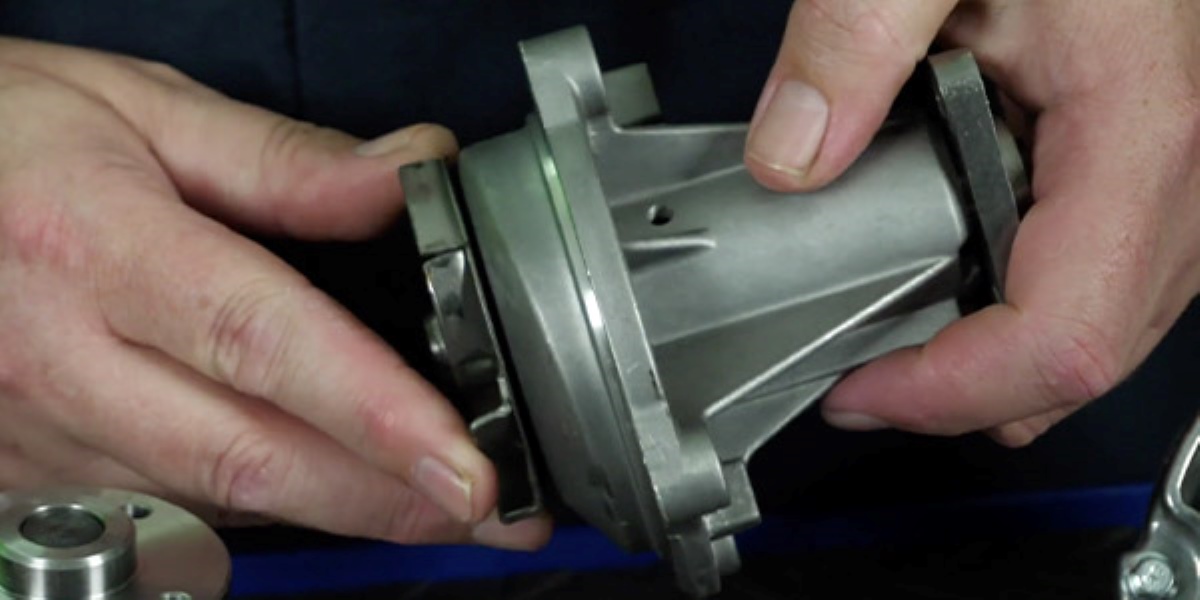

Articles
Why Does A Water Pump Leak Out Of Weep Hole
Modified: March 25, 2024
Discover why your water pump is leaking from the weep hole and learn how to fix it in this informative article.
(Many of the links in this article redirect to a specific reviewed product. Your purchase of these products through affiliate links helps to generate commission for Storables.com, at no extra cost. Learn more)
Introduction
Water pumps play a crucial role in numerous applications, from pumping water in residential plumbing systems to circulating coolant in car engines. However, one common issue that can occur with water pumps is leakage. While there can be several reasons why a water pump may leak, one specific type of leakage that often puzzles people is when water comes out of the weep hole. In this article, we will explore the reasons behind water pump leakage and why it tends to occur specifically through the weep hole.
A weep hole is a small opening present in many water pump designs. It is strategically located around the shaft of the pump and typically positioned near the bottom or underside. The purpose of the weep hole is to allow any excess water or coolant that may accumulate in the pump housing to escape. This helps prevent the build-up of pressure inside the pump and protects the bearing assembly from potential damage caused by water or coolant intrusion.
To understand why a water pump may leak through the weep hole, it is important to have a basic understanding of how a water pump works. Water pumps utilize a rotating impeller, which is typically driven by an electric motor or a belt connected to the engine’s crankshaft. When the impeller spins, it creates a centrifugal force that pushes the water or coolant towards the pump outlet, allowing it to circulate.
Now, let’s explore some of the common causes of water pump leakage. One possible cause is a faulty or worn-out seal. Depending on the pump design, there may be one or more seals present to prevent water or coolant from leaking out. Over time, these seals can deteriorate or become damaged, leading to leakage.
Key Takeaways:
- Water pumps leak through the weep hole due to failed seals, excessive pressure, shaft bearing failure, overheating, or improper installation. Recognizing signs of leakage and addressing issues promptly can prevent further damage.
- Common causes of water pump leakage include worn-out seals, cracked housing, impeller damage, loose fittings, excessive pressure, and coolant contamination. Regular maintenance and prompt attention to signs of leakage are crucial for optimal pump performance.
Read more: What Is The Weep Hole On A Water Pump For
What is a weep hole?
A weep hole is a small opening that is intentionally created in various structures or devices to allow the controlled release of fluids. In the context of water pumps, a weep hole serves a vital purpose. It is a small aperture located near the bottom or underside of the pump housing, specifically around the shaft area.
The primary function of a weep hole in a water pump is to provide an escape route for any excess water or coolant that may accumulate inside the pump. This accumulation can occur due to factors such as condensation, normal wear and tear, or minor leaks. By allowing the trapped fluids to exit through the weep hole, it helps prevent the build-up of pressure within the pump housing.
The design of a weep hole varies depending on the specific water pump model and application. In some cases, it may be a simple drilled hole, while in others, it may incorporate additional features such as a protective screen or cover. The size of the weep hole is typically small to ensure that only excess fluids escape, while the normal flow of water or coolant remains unaffected.
Weep holes are particularly important in water pumps that utilize a sealed housing. These pumps are designed to prevent any external debris or contaminants from entering and causing damage to the internal components. However, because of their sealed nature, any small leaks or condensation that occurs inside the pump could potentially build up pressure and lead to severe damage. The weep hole acts as a safety mechanism, allowing the trapped fluids to release harmlessly and maintaining the integrity of the pump.
It’s worth noting that the presence of a weep hole does not necessarily indicate a problem with the water pump. In fact, it is a normal and intentional feature included in the pump’s design. It is meant to prevent potential damage and improve the longevity of the pump. However, when water begins to leak specifically from the weep hole, it is usually an indication of an underlying issue that requires attention and troubleshooting.
Understanding how a water pump works
Water pumps are mechanical devices used to circulate water or coolant and maintain the proper flow and pressure in various systems. They play an integral role in applications such as residential plumbing, heating and cooling systems, and automotive engines. To understand why water pumps may experience leakage, it is essential to grasp the basic principles of how they function.
Water pumps operate on the principle of centrifugal force. The main component of a water pump is the impeller, which is typically made of metal or durable plastic. The impeller is a rotating disc with curved blades, resembling a fan. It is connected to a motor or engine that provides the necessary power to drive the impeller.
When the water pump is activated, the impeller spins rapidly. As it rotates, the curved blades of the impeller create centrifugal force that propels the water or coolant outwards. This force pushes the fluid towards the pump outlet and through the system it is connected to, such as pipes, hoses, or coolant channels.
The housing of the water pump contains an inlet and an outlet, strategically positioned to allow the fluid to flow smoothly. The inlet is located at the center of the impeller, while the outlet is positioned on the outer edge. As the impeller spins, it draws water or coolant into the pump through the inlet and forces it out through the outlet.
The flow of water or coolant through the pump is facilitated by the impeller’s curved blades. These blades create a pressure gradient that propels the fluid in the desired direction. As the fluid enters the pump through the inlet, it is captured by the rapidly spinning impeller and directed towards the outer edge. The centrifugal force generated by the rotation of the impeller increases the pressure on the fluid, causing it to move towards the outlet.
It is important to mention that water pumps require a continuous supply of power to maintain their functionality. In automotive applications, the water pump is often driven by a belt connected to the engine’s crankshaft. This ensures that the pump remains operational even when the engine is running.
By understanding the fundamental workings of a water pump, it becomes clear that any disruption or malfunction within its components can potentially lead to leakage. Whether it’s a worn-out seal, a damaged impeller, or an issue with the pump housing, addressing these problems promptly is vital to prevent further damage and maintain the optimal performance of the pump.
Causes of water pump leakage
Water pump leakage can occur due to various reasons, and identifying the cause is crucial for effective troubleshooting and repair. Here are some common causes of water pump leakage:
- Worn-out or damaged seals: Water pumps typically have seals that prevent water or coolant from leaking out. Over time, these seals can deteriorate due to normal wear and tear or become damaged due to external factors like excessive heat, corrosion, or contamination. When the seals fail, water can start leaking from the pump.
- Cracked housing: The pump housing can crack due to extreme temperature changes, physical impact, or prolonged exposure to harsh chemicals. When the housing cracks, it creates a pathway for the water or coolant to escape, resulting in leakage.
- Impeller damage: The impeller is a critical component of the water pump that helps circulate the fluid. If the impeller blades become damaged or worn out, it can disrupt the smooth flow of water or coolant, leading to increased pressure and potential leakage in the pump system.
- Loose or faulty fittings: Improperly tightened or loose fittings, such as hose clamps or connection points, can cause leaks around the water pump. Over time, these fittings can loosen due to vibration or thermal expansion, allowing water to escape.
- Excessive pressure: If there is a sudden increase in pressure within the pump system, it can cause water pump leakage. This can happen due to a malfunctioning pressure relief valve, a blockage in the system, or an issue with the thermostat regulating the flow of coolant.
- Coolant contamination: Contamination of the coolant can lead to accelerated deterioration of the seals, gaskets, and other components in the water pump. Coolant contamination can occur due to factors like mixing different types of coolant, using low-quality coolant, or the presence of debris or contaminants in the system.
It’s essential to note that these causes may not be exclusive, and multiple factors can contribute to water pump leakage. Diagnosing the specific cause requires a thorough inspection and assessment of the water pump system by a qualified technician or mechanic.
By identifying the root cause of the leakage, appropriate repairs or replacements can be made to restore the functionality of the water pump and prevent further issues down the line. Regular maintenance, including checking for any signs of leakage or damage, can help detect issues early and avoid costly repairs or potential damage to other components in the system.
Check the seal and bearings for wear and tear. If they are damaged, it can cause water to leak out of the weep hole. Replace them to prevent further leakage.
Why does the water pump leak out of the weep hole?
When water or coolant begins to leak specifically from the weep hole in a water pump, it indicates a specific issue within the pump system. The weep hole serves as a ventilation and drainage mechanism, allowing any excess fluids that accumulate inside the pump housing to escape. Here are some common reasons why water may leak out of the weep hole:
- Failed or damaged pump seal: The primary reason for water leaking out of the weep hole is a faulty or worn-out pump seal. The pump seal is responsible for creating a tight barrier between the pump’s moving parts and the fluid being circulated. Over time, the seal can deteriorate or become damaged, leading to leakage. When this happens, water or coolant can escape through the weep hole as a result of increased pressure inside the pump housing.
- Excessive fluid pressure: If there is a significant increase in fluid pressure within the pump, it can cause water to leak out of the weep hole. This can occur due to various factors, such as a clogged or restricted system, a malfunctioning pressure relief valve, or a failure in the thermostat regulating the flow of coolant. The excess pressure forces the fluid to find an exit, and the weep hole becomes the primary pathway.
- Shaft bearing failure: Water pump leakage through the weep hole can also be a result of shaft bearing failure. The shaft bearings are responsible for supporting the rotating impeller within the pump. Over time, these bearings can wear out, causing the impeller to move off-center and create excessive vibration. This can lead to seal failure and subsequently result in water leaking out of the weep hole.
- Overheating: Excessive heat can cause distortion or damage to the water pump components, including the seals and gaskets. When these components are compromised, it can result in water leaking from the weep hole. Overheating can occur due to factors such as a malfunctioning radiator, a malfunctioning cooling fan, or insufficient coolant levels.
- Improper installation: In some cases, water pump leakage from the weep hole may be attributed to improper installation. If the pump is not installed correctly or if the seals are not properly aligned or tightened, it can lead to leakage. It is crucial to ensure that the water pump is installed according to the manufacturer’s specifications to prevent this issue.
It is important to address water pump leakage from the weep hole promptly to prevent further damage and potential failure of the pump. Seeking assistance from a qualified technician or mechanic can help diagnose the underlying cause and provide the necessary repairs or replacements to resolve the issue.
Read more: Why Is My Water Pump Leaking
Common signs of weep hole leakage
When a water pump leaks through the weep hole, it can exhibit specific signs that indicate the presence of a problem. Being able to recognize these signs can help identify the issue early and prevent further damage to the water pump system. Here are some common signs of weep hole leakage:
- Visible water or coolant leakage: The most apparent sign of weep hole leakage is the presence of water or coolant around the weep hole itself. You may notice a small stream or droplets of fluid coming out of the weep hole, indicating a problem with the water pump.
- Puddle of fluid beneath the water pump: If the weep hole leakage is significant, it can result in a noticeable puddle of water or coolant forming beneath the water pump. This can occur when the leakage is consistent or during periods of engine operation when the pump is active.
- Decreased coolant levels: If the water pump is leaking through the weep hole, it can cause a gradual decrease in coolant levels in the system. This can be observed by regularly checking the coolant reservoir or radiator. Low coolant levels can lead to overheating and further damage to the engine if not addressed promptly.
- Overheating engine: A water pump that is leaking from the weep hole can also contribute to engine overheating. When coolant is lost due to the leakage, it reduces the cooling capacity of the system, leading to increased engine temperatures. If you notice that your engine is frequently overheating, it is essential to investigate for potential water pump leakage.
- Unusual noises: In some cases, a water pump experiencing weep hole leakage may produce unusual noises. This can include grinding, squealing, or rattling sounds coming from the pump area. These noises may be an indication of shaft bearing failure, which can occur as a result of the leakage and the resulting damage to the impeller and pump components.
- Steam or smoke from the engine compartment: If the weep hole leakage is severe, it can lead to steam or smoke coming from the engine compartment. This occurs when the leaked coolant mixes with the hot engine parts and evaporates, resulting in visible vapor or smoke. This sign typically indicates a significant problem and should be addressed immediately to prevent engine damage.
Should you notice any of these signs, it is important to have the water pump inspected and repaired by a qualified technician or mechanic. Ignoring weep hole leakage can lead to further damage, engine overheating, and potentially costly repairs. Regular maintenance and prompt attention to any signs of leakage can help ensure the optimal performance and longevity of the water pump.
Possible solutions for water pump leakage
When a water pump is experiencing leakage, addressing the issue promptly is crucial to prevent further damage and maintain the proper functioning of the system. Here are some potential solutions for water pump leakage:
- Replacement of pump seal: If the water pump seal is worn-out or damaged, replacing it with a new seal is often the most effective solution. This involves disassembling the water pump, removing the faulty seal, and installing a new one that is compatible with the specific pump model. It’s important to ensure that the replacement seal is of high quality and designed for the intended application.
- Repair or replacement of pump housing: If the pump housing is cracked or damaged, it may need to be repaired or replaced. In some cases, small cracks can be repaired using epoxy or similar sealing products. However, if the damage is extensive, replacing the housing with a new one might be necessary. It’s important to select a housing that matches the specifications of the water pump to ensure proper fit and functionality.
- Repair or replacement of impeller: If the impeller blades are damaged or worn-out, it can disrupt the smooth flow of water or coolant, leading to increased pressure and leakage. Depending on the extent of the damage, the impeller may be repaired or replaced. In some cases, replacement of the entire water pump assembly might be required.
- Tightening or replacement of fittings: If the leakage is occurring around fittings such as hose clamps or connection points, tightening them securely can often solve the problem. However, if the fittings are damaged or worn-out, they may need to be replaced with new ones to ensure a proper and secure connection that prevents leakage.
- Addressing system blockages: If the leakage is a result of blockages in the system, such as clogged pipes or channels, clearing the blockages can help restore the proper flow of water or coolant and prevent pressure from building up. This may involve flushing the system, removing debris, and ensuring that all components are free from obstruction.
- Coolant system inspection and maintenance: Regular inspection and maintenance of the coolant system can help prevent water pump leakage. This includes checking coolant levels, ensuring the proper concentration and quality of coolant, and replacing it as recommended by the manufacturer. Additionally, maintaining the proper functioning of related components such as the radiator, cooling fan, and thermostat can help prevent overheating and subsequent water pump issues.
It is important to note that the specific solution for water pump leakage depends on the underlying cause and the extent of the damage or wear. Consulting with a qualified technician or mechanic is recommended to accurately diagnose the problem and determine the most appropriate course of action. Regular maintenance and inspections can help detect potential issues early and avoid costly repairs or further damage to the water pump system.
Conclusion
Water pump leakage, especially when it occurs through the weep hole, can be a frustrating and concerning issue. Understanding the causes of water pump leakage and knowing the potential solutions can help address the problem effectively and prevent further damage to the pump and the overall system.
A water pump’s weep hole serves as a crucial drainage mechanism, allowing excess water or coolant to escape and prevent the build-up of pressure within the housing. When water leaks specifically from the weep hole, it is often a sign of an underlying issue within the water pump system.
Common causes of water pump leakage include worn-out or damaged seals, cracked housing, impeller damage, loose or faulty fittings, excessive pressure, and coolant contamination. Identifying the root cause is essential for effective troubleshooting and repair.
Signs of weep hole leakage include visible water or coolant leakage, puddles forming beneath the water pump, decreased coolant levels, engine overheating, unusual noises, and steam or smoke from the engine compartment. Detecting these signs early can help prevent further damage and costly repairs.
Possible solutions for water pump leakage may include the replacement of pump seals, repair or replacement of the pump housing, repair or replacement of the impeller, tightening or replacement of fittings, addressing system blockages, and regular coolant system inspection and maintenance.
Regular maintenance, including checking for signs of leakage, inspecting the coolant system, and addressing any issues promptly, is crucial to ensure the optimal performance and longevity of the water pump. Seeking professional assistance from a technician or mechanic when needed can provide expert guidance and ensure the problem is resolved properly.
By understanding the causes, signs, and solutions for water pump leakage, you can take proactive measures to maintain a reliable and efficient water pump system. By doing so, you can avoid unexpected problems, prevent vehicle breakdowns, and enjoy the benefits of a properly functioning water pump.
Frequently Asked Questions about Why Does A Water Pump Leak Out Of Weep Hole
Was this page helpful?
At Storables.com, we guarantee accurate and reliable information. Our content, validated by Expert Board Contributors, is crafted following stringent Editorial Policies. We're committed to providing you with well-researched, expert-backed insights for all your informational needs.
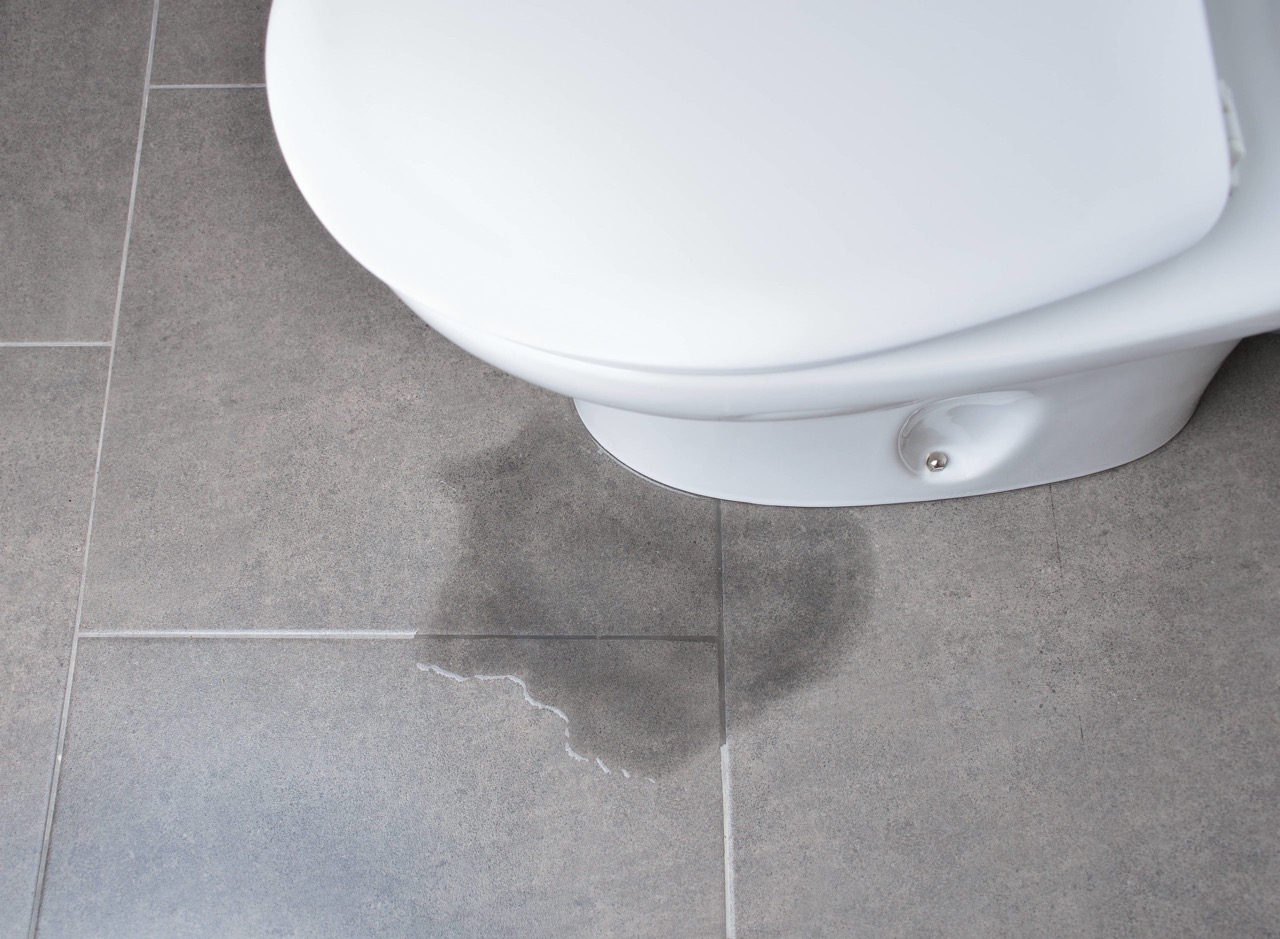
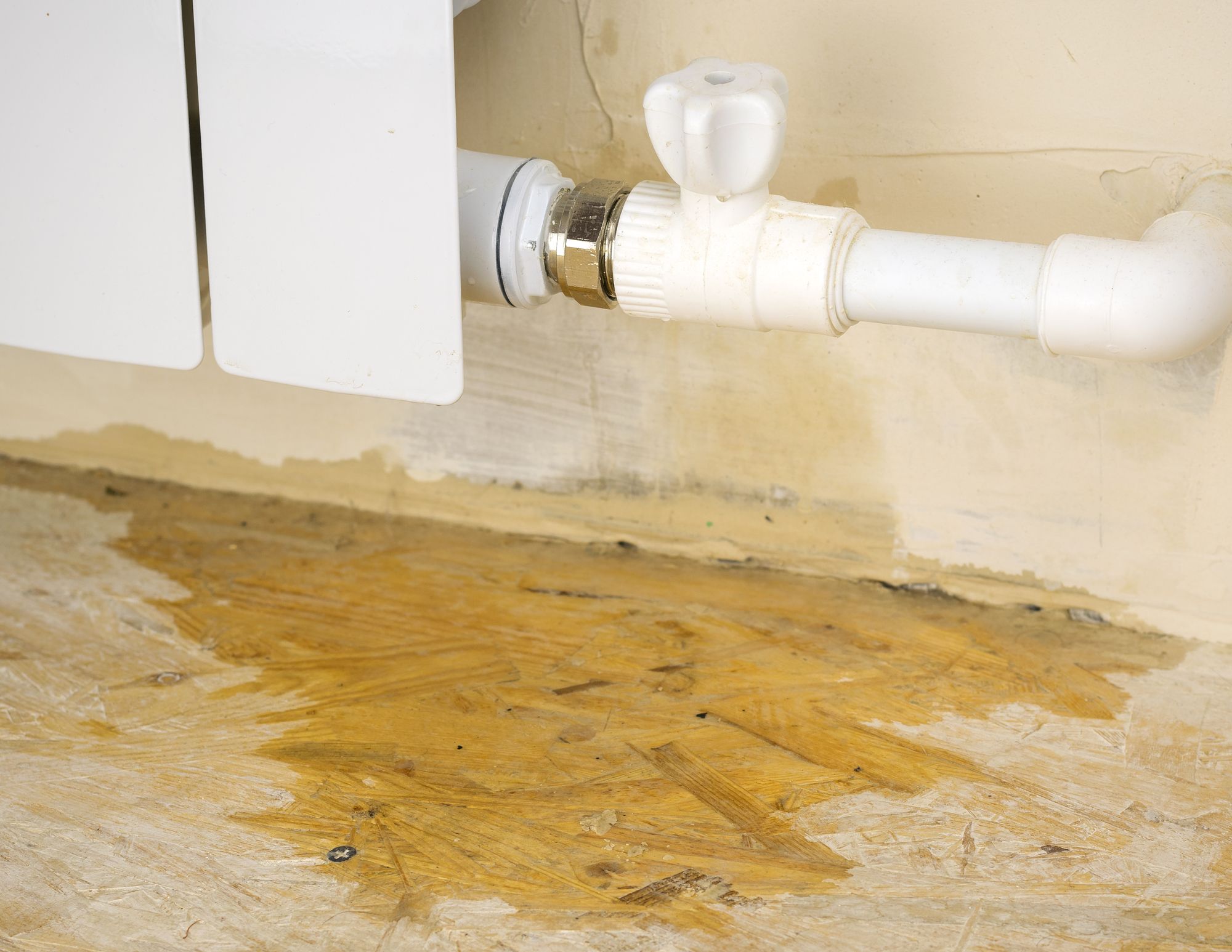
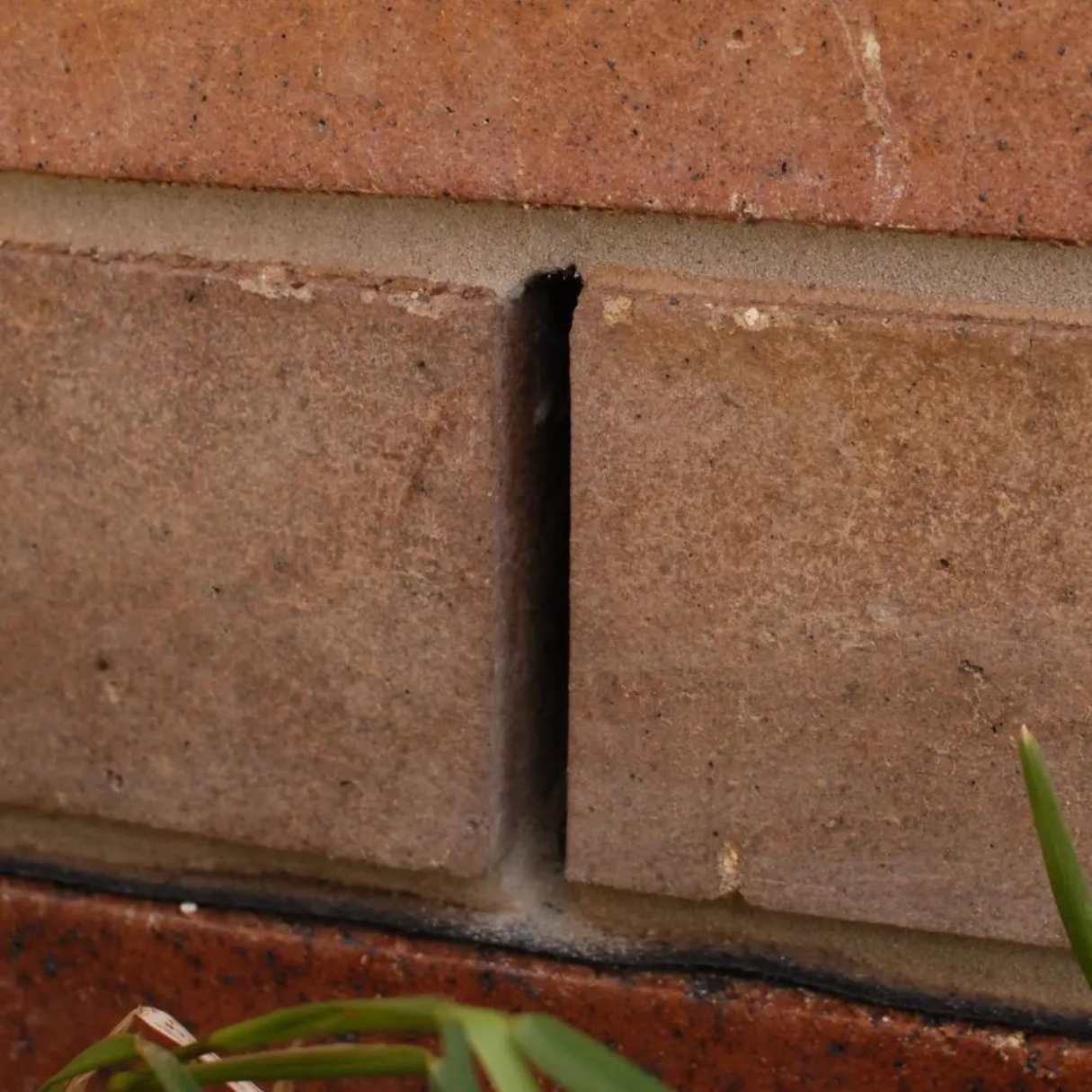
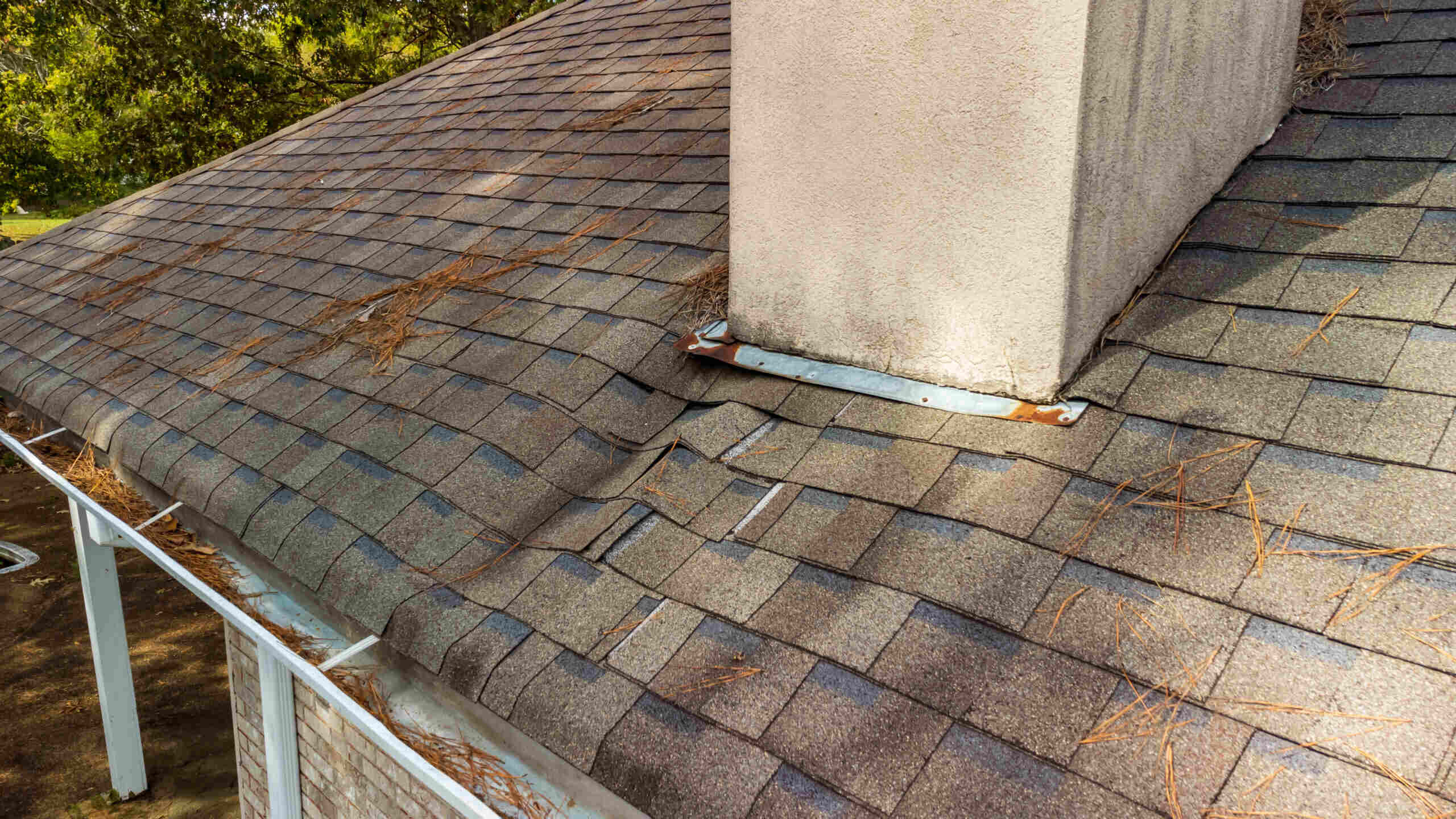
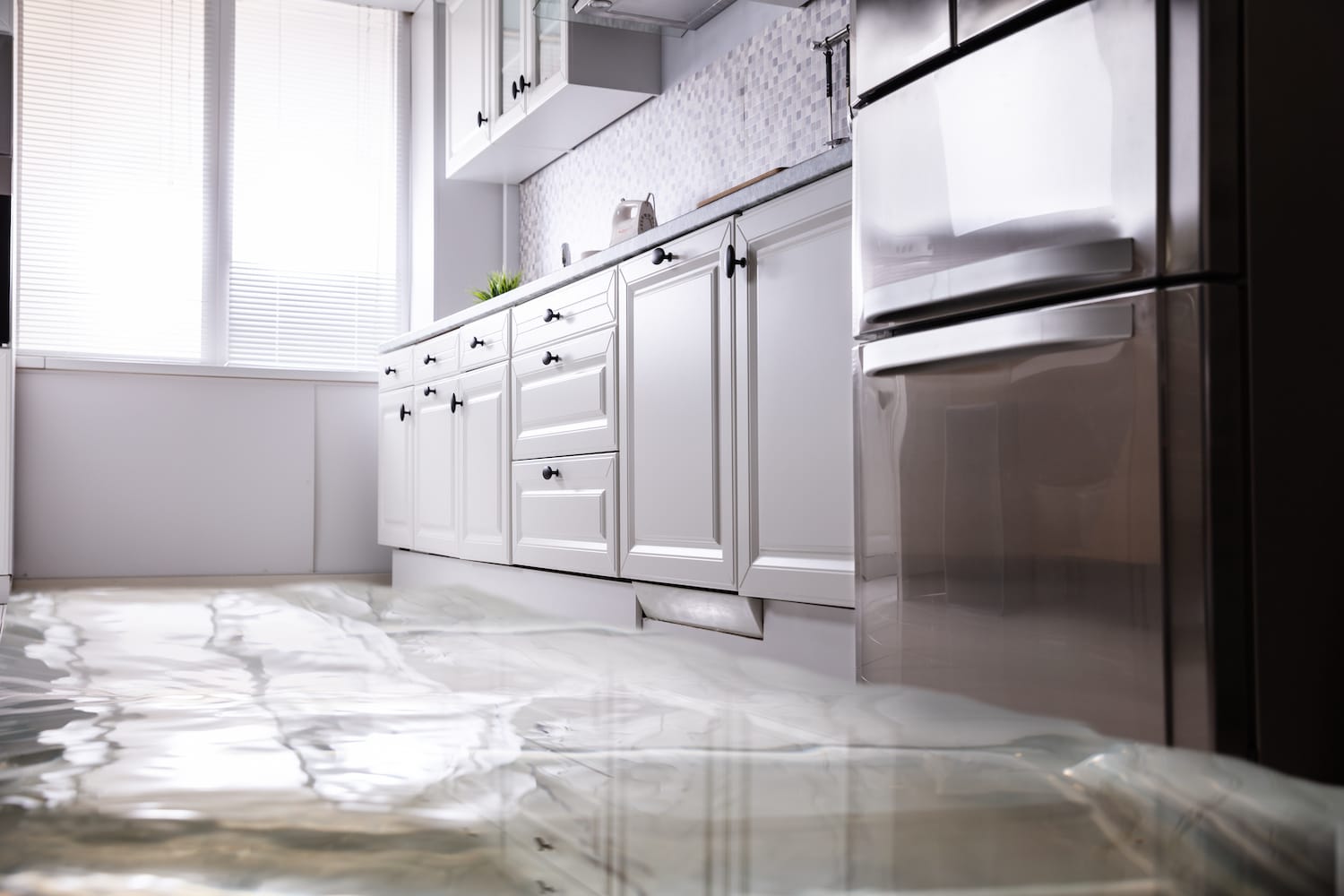
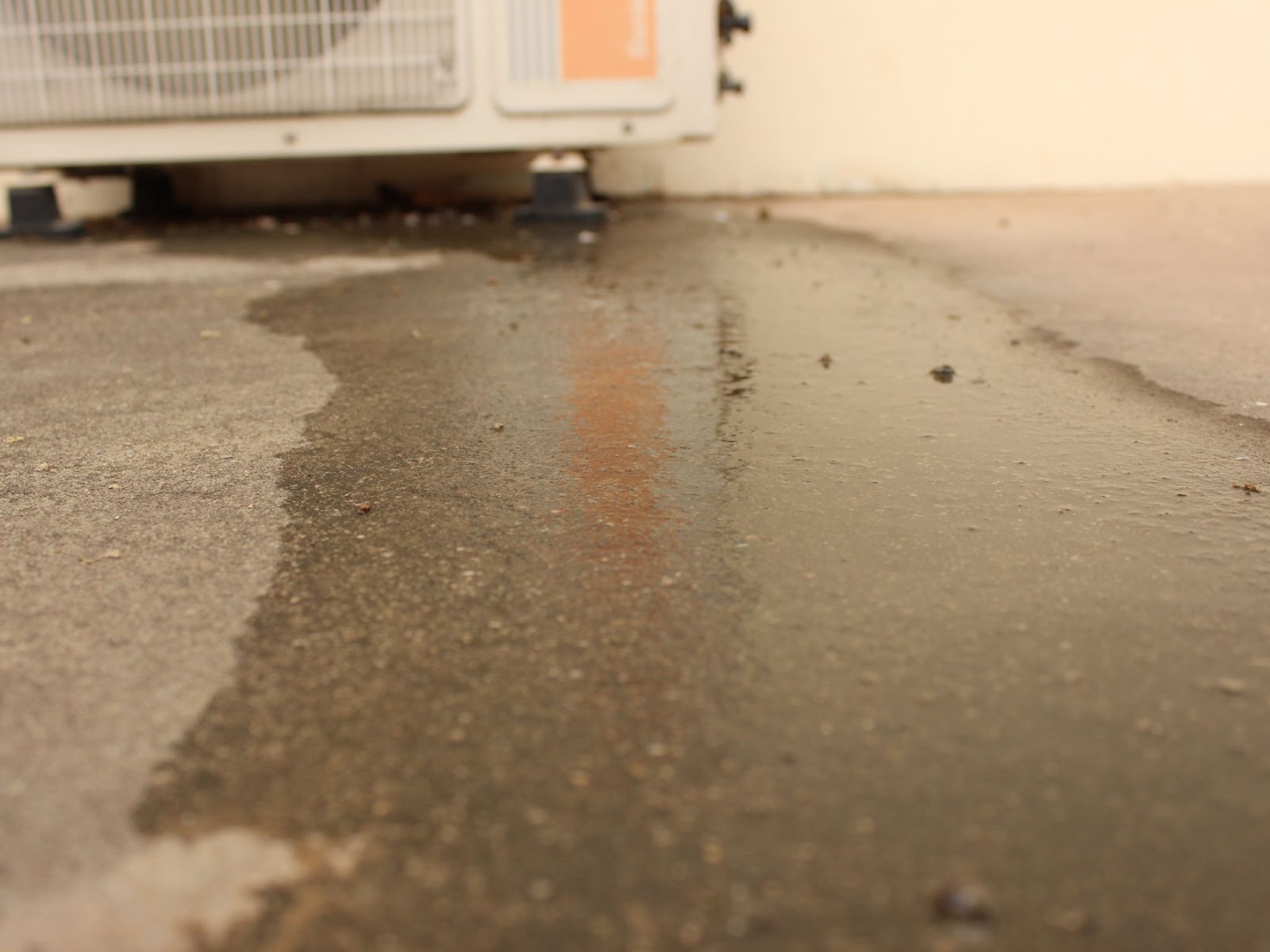
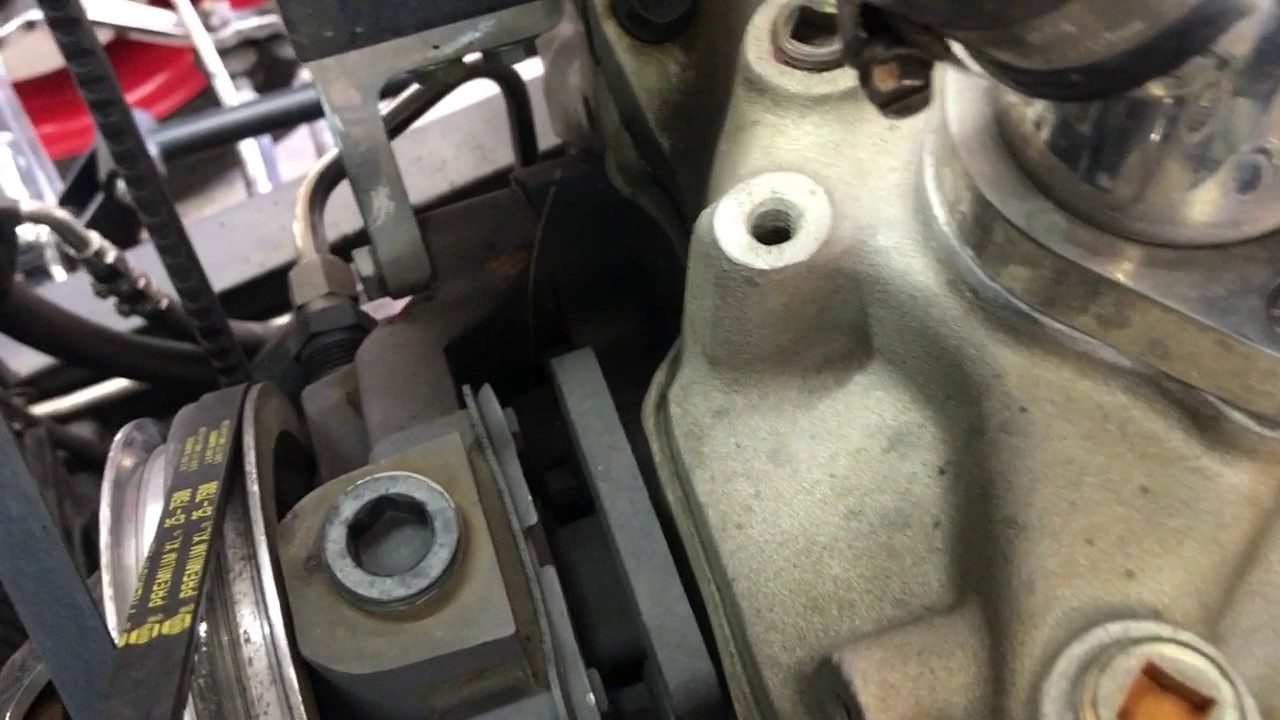
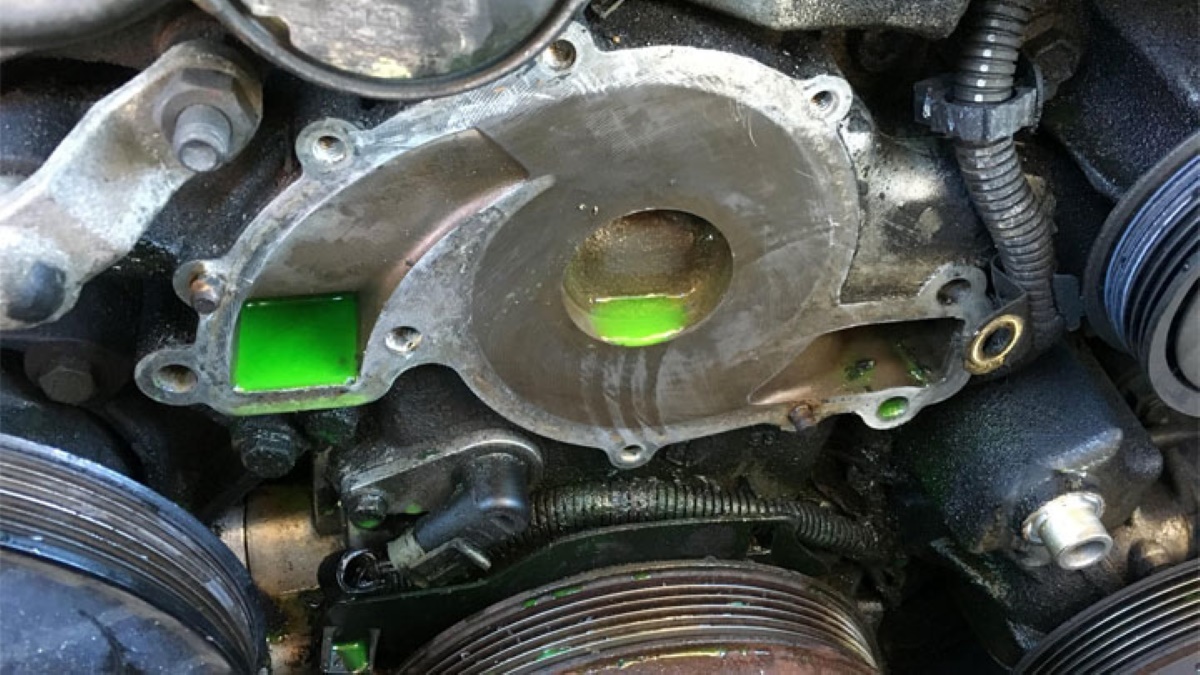
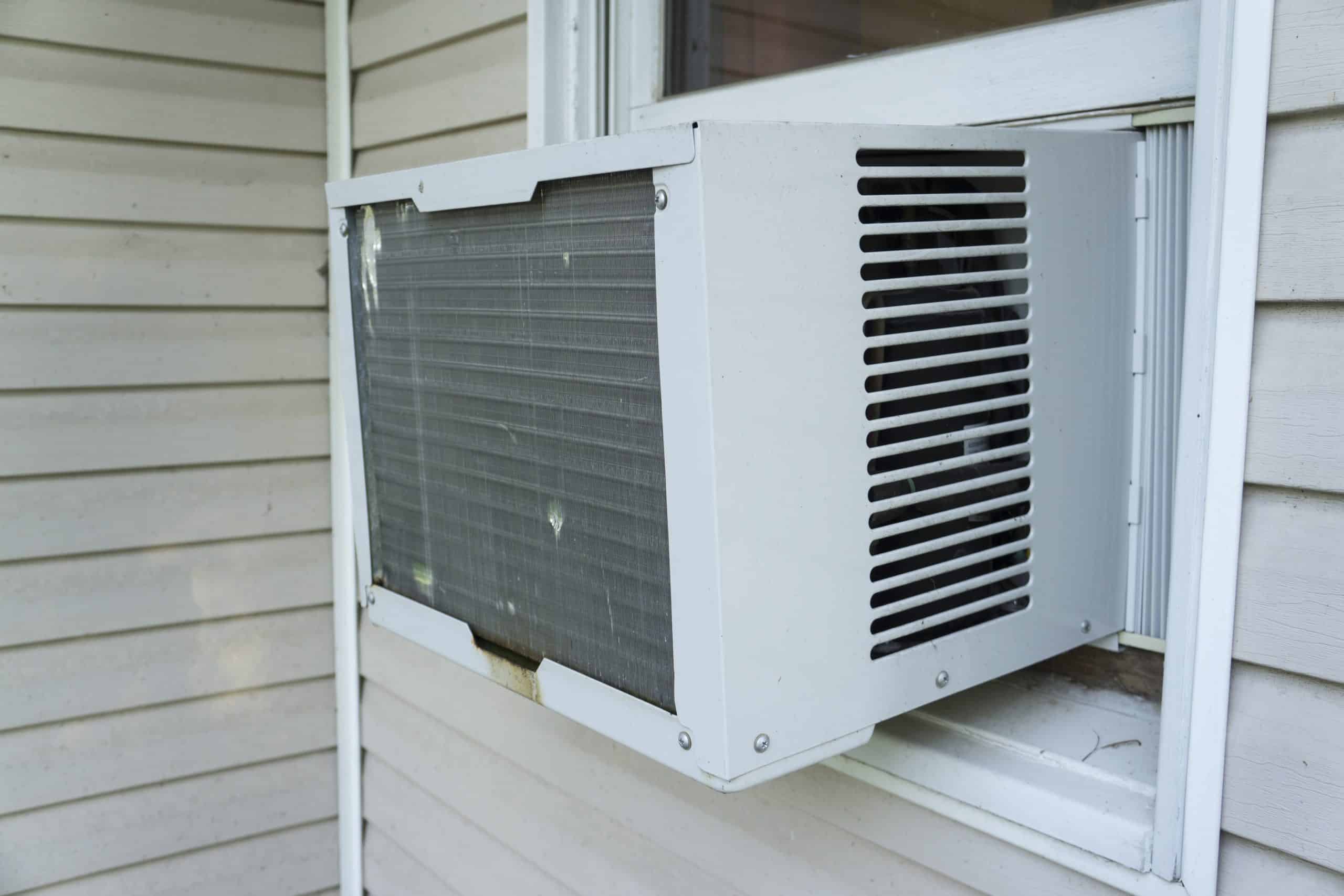
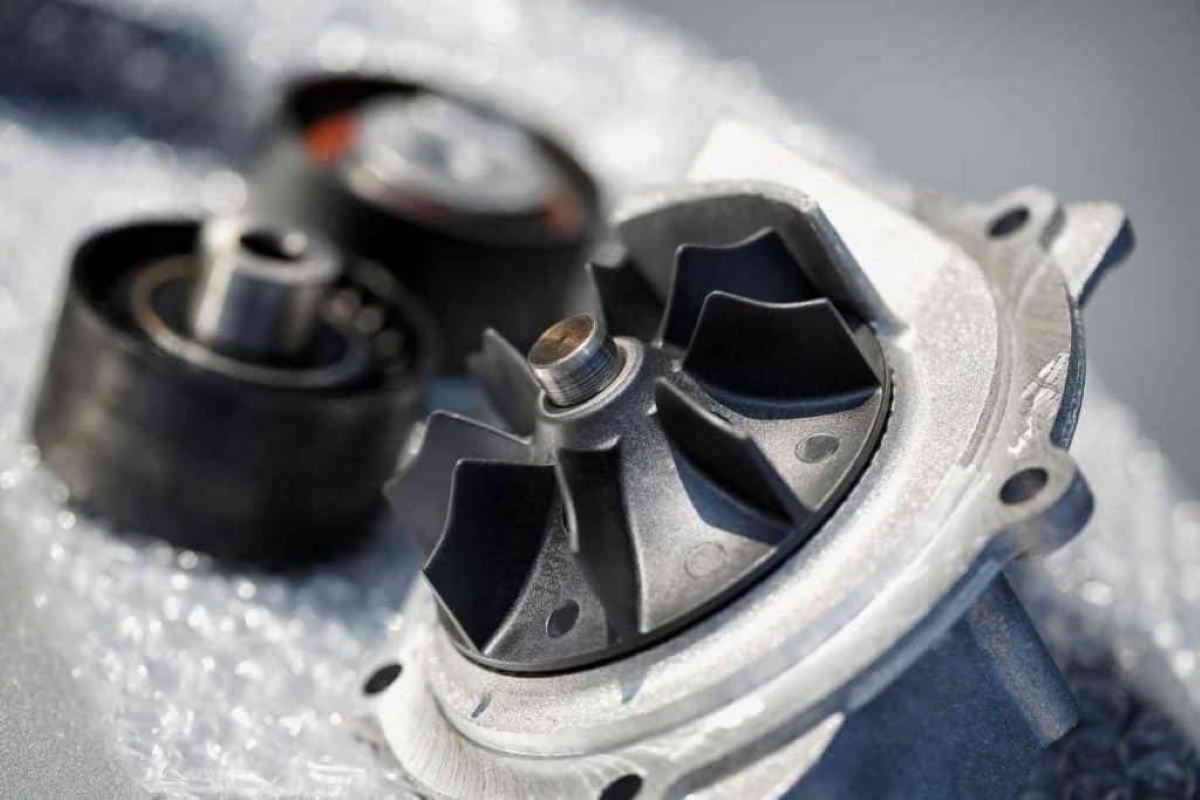
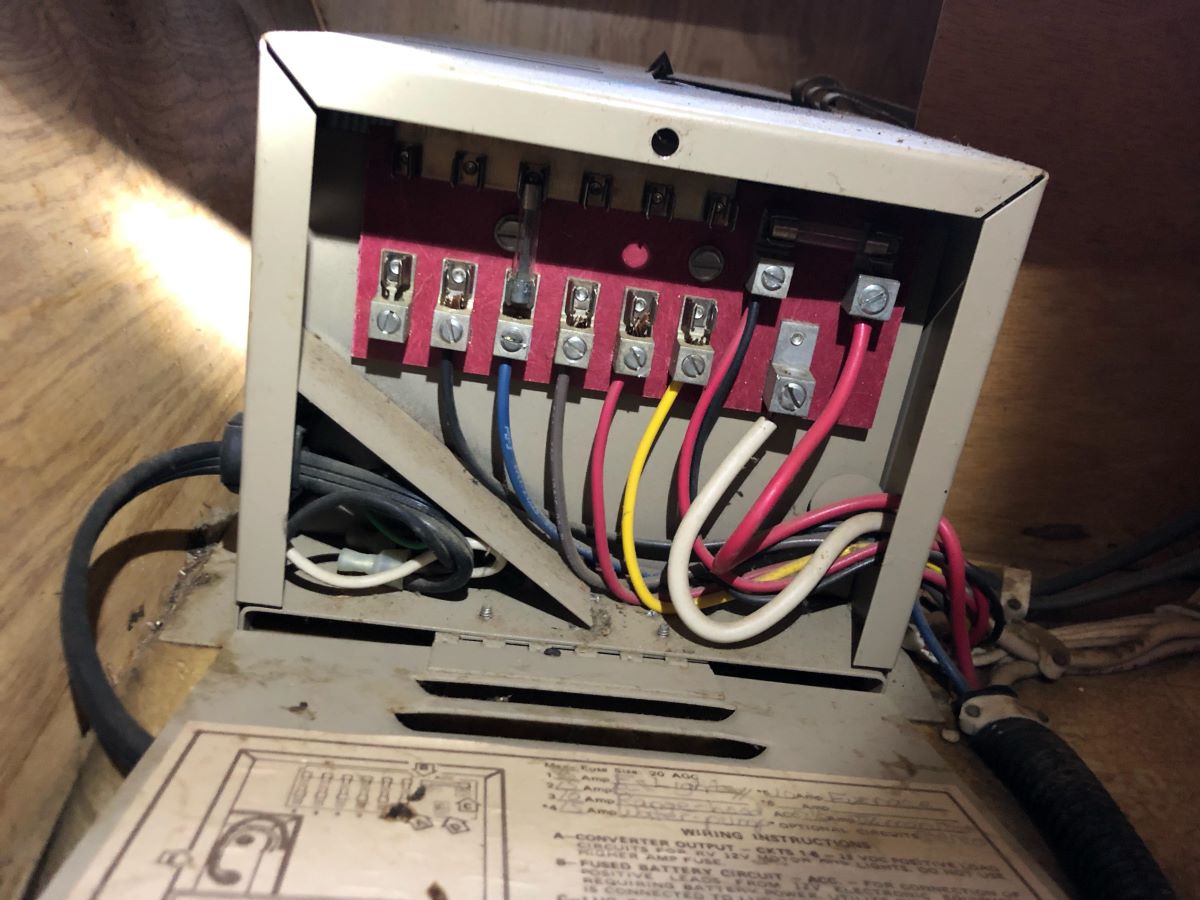
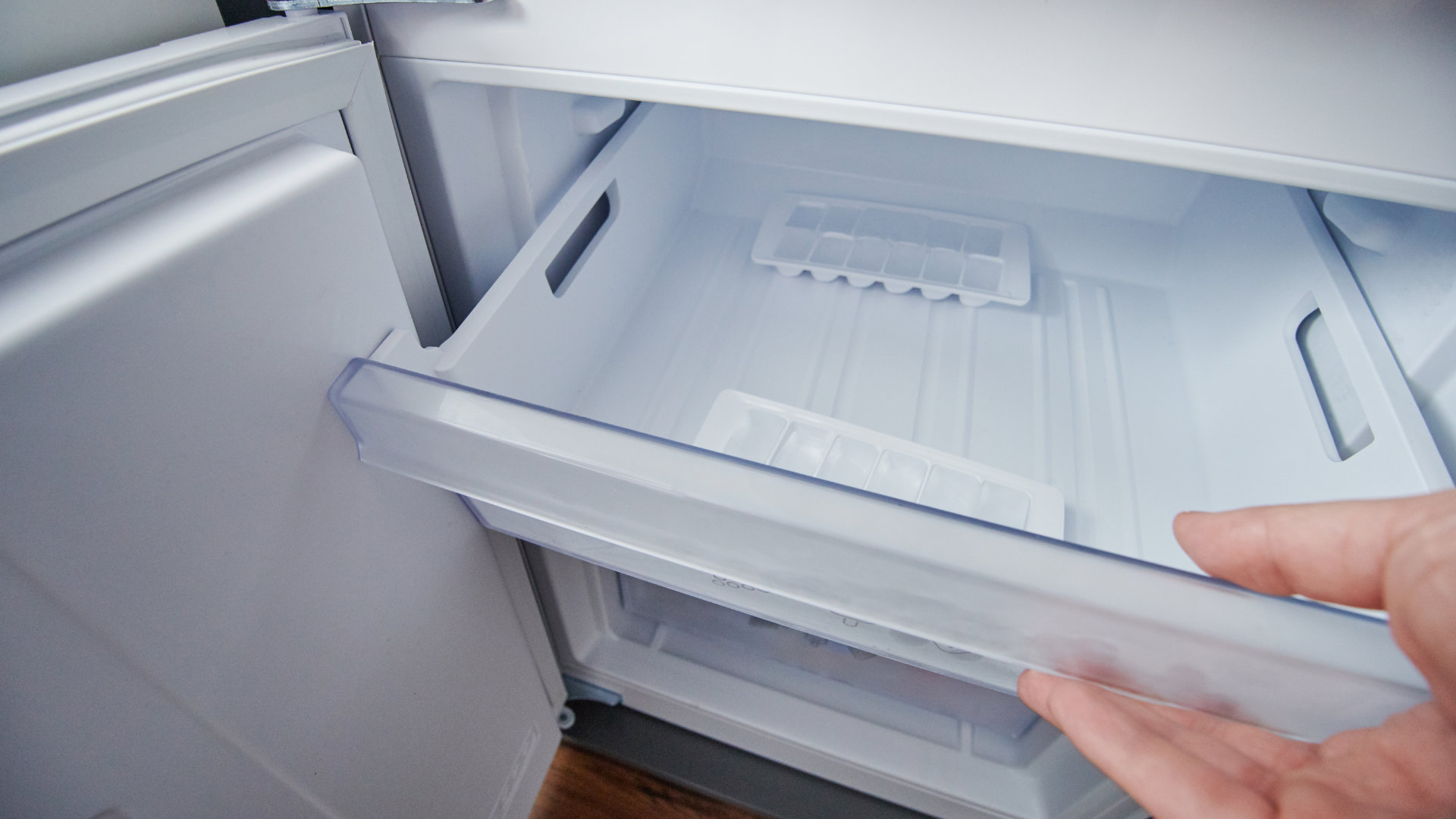
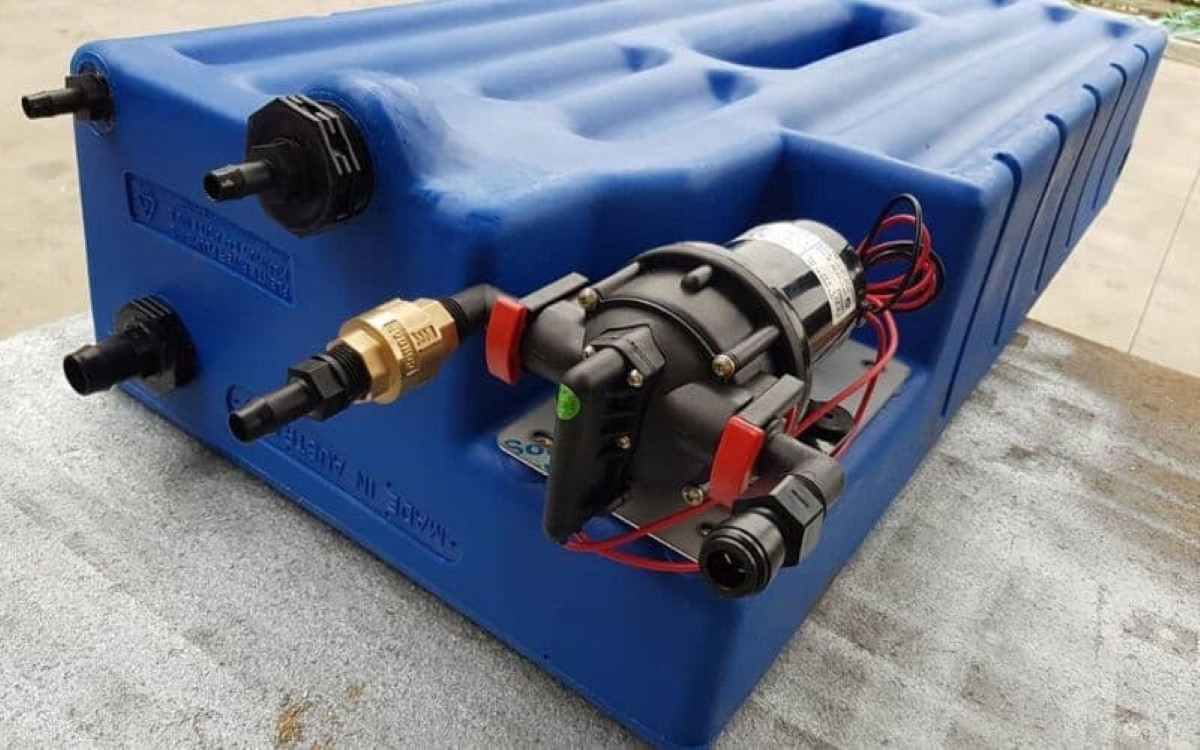
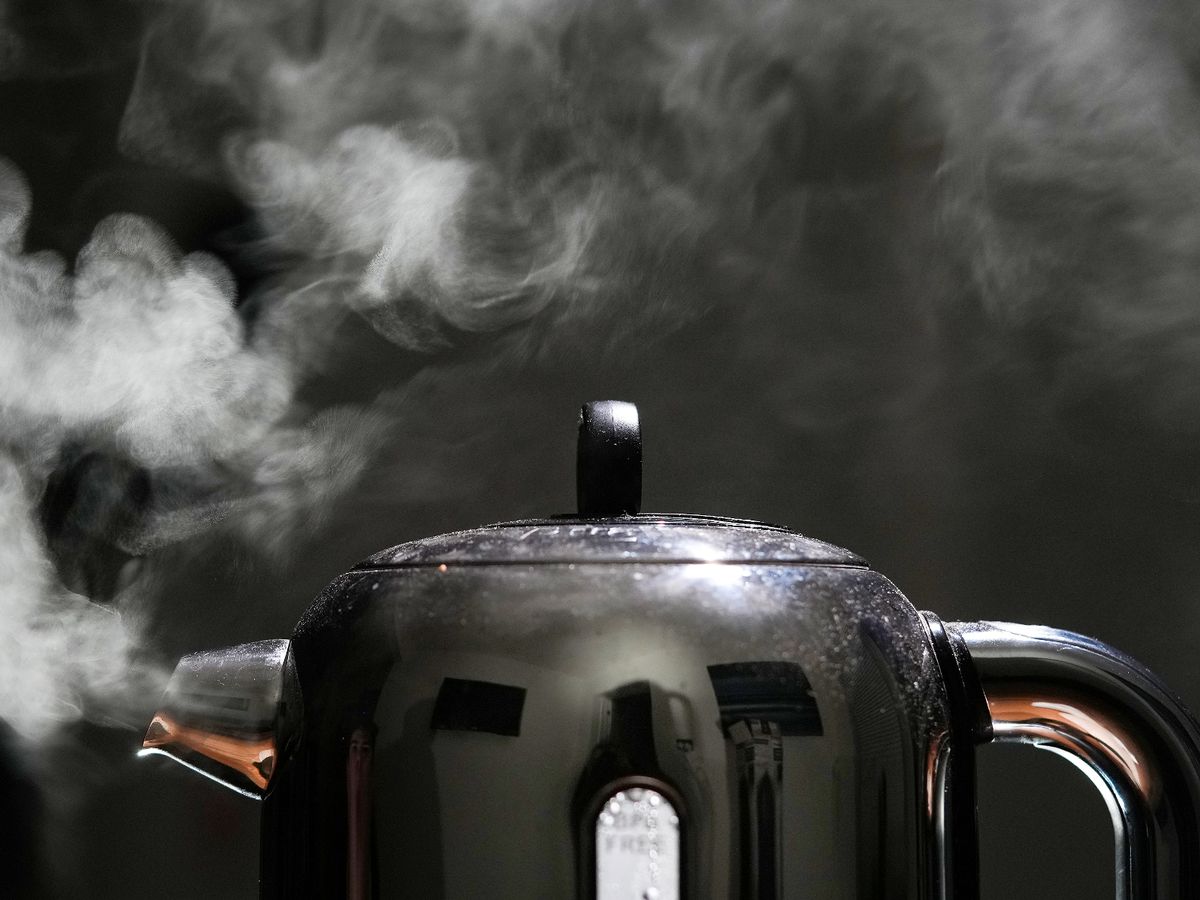

0 thoughts on “Why Does A Water Pump Leak Out Of Weep Hole”